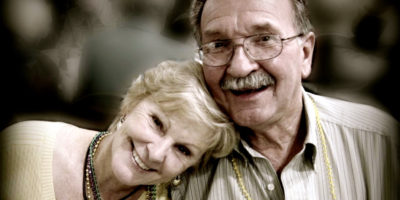Robert Spitzer distinguishes four levels of happiness, and we will concentrate on the first three levels because level four was not diagnosed in this project. You can read the three levels of happiness abbreviated in the following table.
Levels of Happiness and Their Negative Aspects
| Happiness Level | Negative Aspect |
| Level 1 – Animal Happiness | The Abuse of Animal Happiness |
| Level 2 – Happiness Based on Mind, Skill, Education, and Position | Envy & Comparison |
| Level 3 – Happiness Based on People, Serving, and Ministering | Expecting Reciprocity |
The First Level of Happiness
The satisfaction of some instinctive need constitutes animal happiness. If we are hungry, sexually aroused, or thirsty, we feel happy when we satisfy that need. The problem is the needs come back. Our happiness often depends on our access to goods or consumption. Because sales of products and services evoke this form of happiness, corporations in consumerist cultures try to convince us that this form of happiness is the only one. As a result, if we do not have a strong will, we may end up addicted to food, alcohol, sex, possessions, drugs, etc.
We should note that seeking this level of happiness is very individualistic in its nature. Sharing with others means having less for you. Of the three levels, it is the closest to the lone wolf attitude.
The Second Level of Happiness
Concentrating on status and knowledge is the source of the second level of happiness. This is what most personal development tools are all about and what career development and individual independence is about. Universities and business schools promote this form of happiness. In fact, this blog is also based on this level of happiness to a certain degree.
The negative side of this form of happiness is careerism, fighting for dominance, and concentrating on signs of prestige. We may not be happy as long as there are better people around. Stories of kings or monarchs like Alexander the Great who could never stop in his quest for more is a reminder that we may also become entrapped in this level of happiness. The attitude closest to this level of happiness is the leader (alpha) in a group of predators.
The Third Level of Happiness
On the third level of happiness, we become happy when we do something for others, share what we have, and help others to be happier on all three levels. In a way, this is how we pass from level two to level three. But at the same time, this transition is the most difficult one. In the description of the next tool, we will show a possible way to transition. As you can imagine, collectivism is related to this form of happiness.
However, there is a weak side of this happiness, which may destroy all we do. On this level, we expect reciprocity. When it is missing, burnout syndrome develops. It is a psychological phenomenon that appears in all professions related to personal services: nurses, teachers, doctors. Some parents may suffer from it as well. This is because most people we serve do not express gratitude, and they may even be unaware that we give them anything. So it is a great art to be able to forget about gratitude and be happy to serve anyway.

cc by ThomasLife at flickr
Finding Your Levels of Happiness
You might think that any of the above levels of happiness should be acceptable and that we should give people choice. However, such a statement is like parents deciding not to put any effort into teaching their kid to walk on two feet. If the baby wants to walk on his arms and legs, he should be given the right to do so. We try to become experts, but experts build their expertise on their research results, not only their experiences. You can read about such exceptional research by following this link.
It is important to understand the position on the happiness levels. I encourage you to complete a short questionnaire about horizontalism and collectivism. You can do it by clicking the button below.
◀ |
PREVIOUS | NEXT |
▶ |
| The Structure of the Project |









 The participation in this project is free because it is financed by a grant of the European Union -
The participation in this project is free because it is financed by a grant of the European Union - 